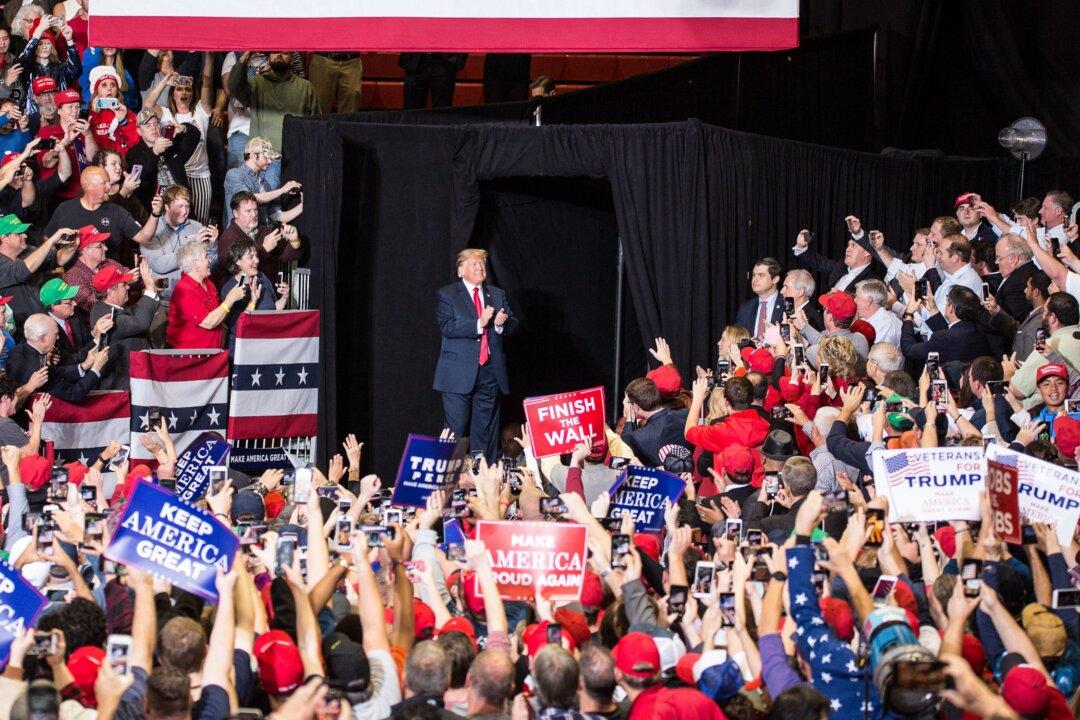A record high percentage of Americans approve of the job Donald Trump is doing as president, according to polling by Gallup.
The approval rating hit 46 percent in the April 17–April 30 poll, coinciding with the release of special counsel Robert Mueller’s final report, which established that the 2016 Trump campaign did not collude with Russia to influence the election.





